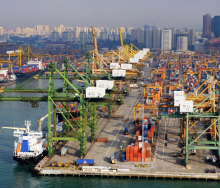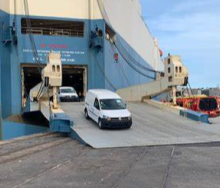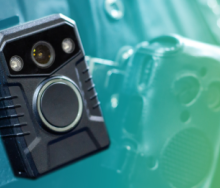The lithium ion batteries in electric vehicles (EV), designed to offer an emission-free alternative to motorists keen on reducing their carbon footprint, are suspected to be feeding an on-board blaze that firefighters appear to be incapable of extinguishing.
Since the roll-on roll-off (roro) carrier Felicity Ace caught fire last week as it sailed past the Azores towards the United States, the 16-year-old roro, capable of carrying 6 400 cars, has been adrift in the Atlantic, emitting a massive plume of potentially toxic smoke.
Twenty-two crew were evacuated from the vessel after this latest inferno at sea – reminiscent of last year’s X-Press Pearl disaster off the west coast of Sri Lanka.
Portuguese authorities have said that the Ace does not pose a threat at the moment, but a port official has stated that a battery blaze is behind the fire that by Wednesday will be a week old.
Although it’s not clear whether any of the lithium ion batteries started the blaze, it has been confirmed that some EV batteries have caught fire and can’t be extinguished.
Moreover, experts have pointed out that if it’s a lithium iron fire that is causing the Ace to burn, toxic substances such as asphyxiant gas and anoxia-inducing fumes are currently being released into the atmosphere.
In social media posts like those posted during last year’s incident when an ultra-large container vessel became lodged in the Suez Canal, importers have expressed their disappointment about Lamborghinis, Porsches and Bentleys – among others – that are on the Ace.
Of much larger concern though are the comments by a London law firm, Watson Farley & Williams, who said that burning EV cars were potentially far more dangerous than if conventional internal combustion vehicles caught fire.
The firm told Singaporean shipping news source Splash 247: “If crews are not aware that fighting an EV fire requires a different technique to that employed in fighting a conventional fire on-board, it is easy to see how an incident could lead to a total loss.
“The evidence indicates that current suppression and drenching systems will not be sufficient for this new risk.
“New systems will need to be devised and incorporated into ship design.”
The late hazardous materials transport expert from Professional Aviation Services, David Alexander, on a number of occasions warned against the dangers of lithium ion batteries not being handled properly.
Various sources in the battery tech EV market have since also stated that lithium batteries, if not handled with care, can become volatile and combust.
It’s hoped that two tug boats racing towards the Ace from Gibraltar will be able to help prevent further damage to the vessel.
A specialised salvaging craft with the requisite firefighting equipment for a lithium ion fire is also making its way from the Port of Rotterdam to the Ace’s location south of the island of Faial.
According to reports, its earliest arrival time is Wednesday – exactly one week from the start of the fire.













